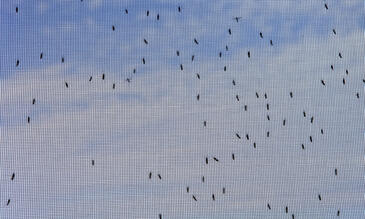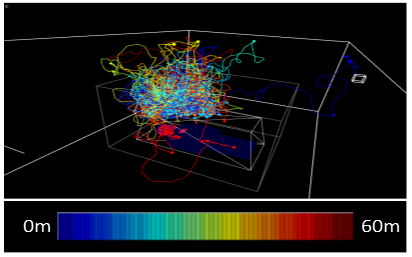
Mathematical models of malaria transmission have been successfully used to convert measurements of the impact of vector control tools on the mosquito population into predictions of epidemiological impact under different transmission settings. These models will be updated to capture the expanded sets of entomological endpoints measured in ESSENTIALs. Sensitivity analyses will enable us to determine the relative importance of these different behaviours in assessing the public health impact of different net classes.
At the end of the project, the transmission dynamics models will be used to predict the public health impact of the different net classes in each of our study sites. As parallel activities are directly measuring the clinical outcomes of introducing the new classes of nets in each of the countries ESSENTIALs is working in (see the New Nets Project for further details), we will be able to compare how our predictions in changes in malaria indices compare with the empirical data.
Spatial Modelling of Indoor Flight Behaviour

A spatial model of mosquito indoor flight behaviour has been developed at LSTM. This model has already been used to predict the effects of novel barrier bed nets and to assess different barrier designs. We will update these models to accommodate different properties of next-generation bed nets (such as different treatments on different regions of the nets) and to investigate the possible low-level mechanisms of different net treatments and their subsequent effects on indoor mosquito flight behaviour.
Figure shows the recorded flight path of a single virtual mosquito during a 1 hour simulation as it forages for a human blood meal. The colour coding of the path corresponds to the time key.
